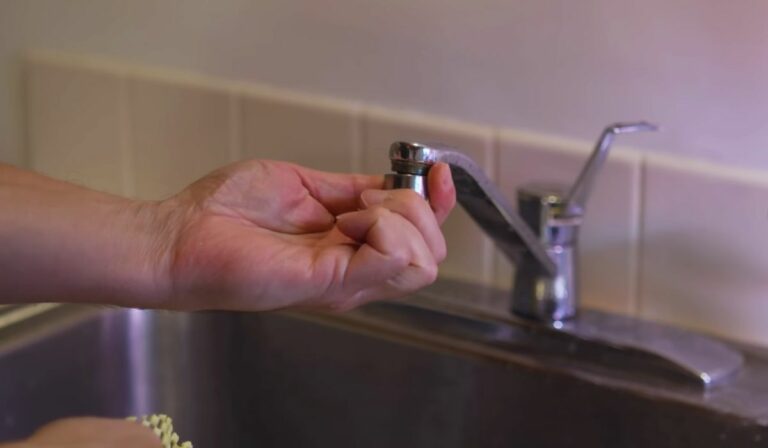How To Cut Kitchen Countertop
Cutting your kitchen countertop might seem like a challenging job, but with the right knowledge and tools, you can handle it confidently. Whether you’re updating your kitchen or installing a new countertop, precise cutting ensures a professional finish and a perfect fit. This guide will walk you through everything you need, from understanding different countertop materials to mastering the cutting techniques and avoiding common pitfalls.
Understanding Different Countertop Materials
Before you pick up any tools, it’s crucial to know what type of countertop you’re working with. Countertops come in a variety of materials, each with its own cutting requirements and challenges.
- Laminate: Made by bonding plastic laminate over particleboard or MDF, these are relatively easier to cut but prone to chipping.
- Granite or Stone: Heavy and extremely durable, granite requires specialized tools and careful handling due to its hardness and brittleness.
- Solid Surface (e.g., Corian): These synthetic materials are easier to cut than stone but still require precise tools to prevent damage.
- Wood: Sometimes used for countertops, wood is flexible to cut but needs careful finishing to avoid splinters.
Knowing your material helps you choose the right cutting methods and tools, saving you time and money in the long run.
Essential Tools And Safety Equipment
Your success hinges on using the right tools and staying safe throughout the process. Here’s what you’ll typically need:
- Tools:
- Circular saw with a fine-tooth blade or carbide-tipped blade (good for laminate and solid surfaces)
- Wet saw with diamond blade for granite or stone
- Jigsaw for intricate cuts
- Measuring tape and straightedge
- Clamps to secure the countertop
- Sandpaper or sanding block
- Safety Gear:
- Safety glasses to protect your eyes from dust and chips
- Hearing protection to guard against loud tool noise
- Dust mask or respirator, especially when cutting stone or laminate
- Work gloves for handling materials safely
Having these tools and safety items at hand keeps your workspace efficient and your body protected.
Preparing Your Workspace And Countertop
Set yourself up for success by preparing a clean, well-lit workspace. Here’s how:
- Clear the Area: Remove all unnecessary items and ensure you have room to move around your countertop piece.
- Support the Countertop: Lay the countertop on sturdy saw horses or a solid flat surface to prevent bending or breaking.
- Clamp Securely: Use clamps to hold the countertop firmly to your support to avoid movement during cutting.
- Ventilation: Make sure you work in a well-ventilated space, especially when cutting materials that generate dust or fumes.
Proper preparation reduces errors and keeps you comfortable and safe.
Measuring And Marking For Accurate Cuts
Precision starts with good measurements:
- Measure Twice, Cut Once: Use a reliable tape measure and double-check your dimensions.
- Mark Clearly: Use a pencil or marker that contrasts with your countertop color.
- Use a Straightedge: A carpenter’s square or straightedge ensures your lines are straight and accurate.
- Consider Allowances: Account for sink cutouts, backsplash, or any overhangs in your measurements.
Taking your time here prevents costly mistakes and ensures the countertop fits your kitchen perfectly.
Step-By-Step Guide To Cutting The Countertop
Follow these steps carefully to achieve clean, accurate cuts:
- Set Up Your Tool: Fit the appropriate blade for your material, ensuring it’s sharp and secure.
- Position the Countertop: Clamp it firmly on your support.
- Align the Saw: Line up the blade with your marked line, ensuring the blade will cut on the waste side.
- Start Cutting: Power the saw on before contacting the surface and proceed steadily without forcing the blade.
- Complete the Cut: Follow through smoothly to avoid chipping or uneven edges.
Tips For Cutting Specific Materials
Dealing With Laminate Countertops
- Use a fine-tooth blade or scoring knife first to score the laminate surface. This reduces chipping.
- Cut laminate with the finished side down to minimize splintering.
Cutting Granite Or Stone Countertops
- Use a wet saw with a diamond blade to keep dust down and blade cool.
- Take your time and don’t rush: force can crack the stone.
Handling Solid Surface Materials
- A fine-tooth blade on a circular saw works well.
- Avoid overheating by cutting slowly to prevent melting or burning the surface.
Finishing The Edges And Cleanup
After cutting, your edges will need finishing:
- Sanding Edges: Use medium to fine-grit sandpaper to smooth and round edges.
- Cleaning Dust: Wipe down the countertop thoroughly to remove dust and debris.
- Sealing Cuts (Optional): For stone or solid surfaces, applying a sealant or polish can enhance durability and appearance.
Proper finishing not only improves the look but also extends the life of your countertop.
Common Mistakes To Avoid When Cutting Countertops
Even experienced DIYers can stumble. Watch out for these pitfalls:
- Skipping Measurements: Not measuring carefully leads to wasted materials.
- Using Wrong Blades: A blade designed for wood won’t cut stone properly, causing damage.
- Rushing the Cut: Pushing tools too fast can cause chipping, binding, or injury.
- Neglecting Safety Gear: Dust and noise exposure can cause long-term harm.
Avoid these by planning carefully and taking your time.
Conclusion
Cutting a kitchen countertop yourself can seem intimidating, but understanding your material, using the right tools, and following careful preparation and cutting steps will lead to professional, satisfying results. You’ll not only save money but gain confidence in handling your kitchen renovation projects. Remember, preparation and patience are your best tools, embrace them, and your kitchen will soon boast a perfectly fitted countertop.


